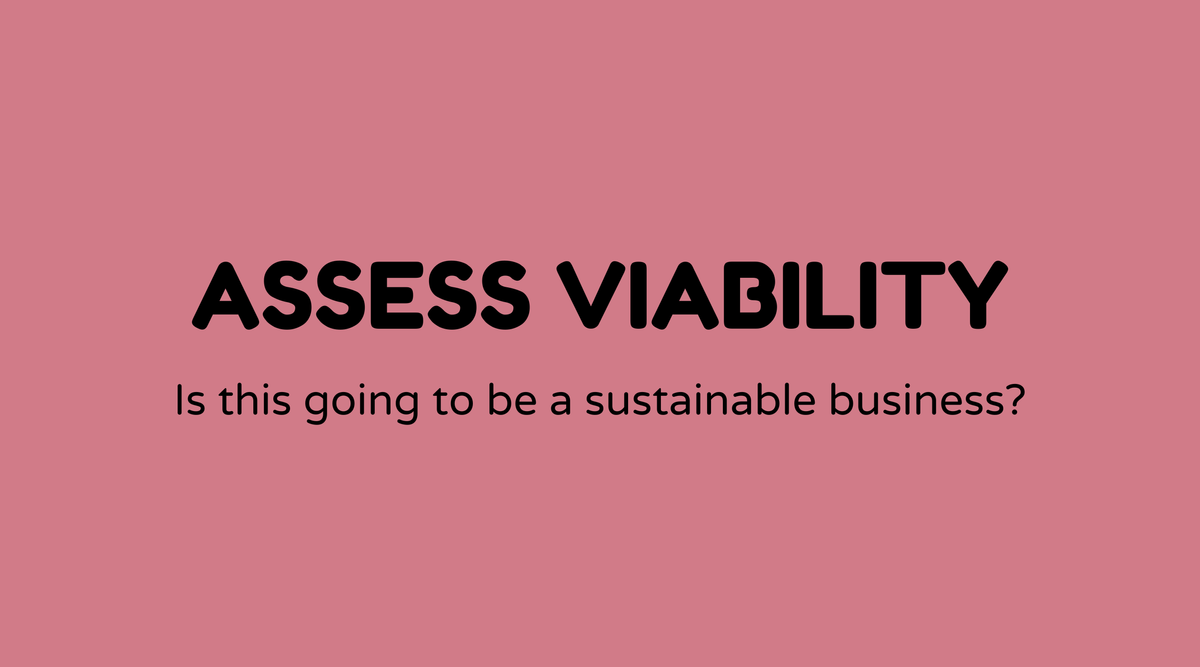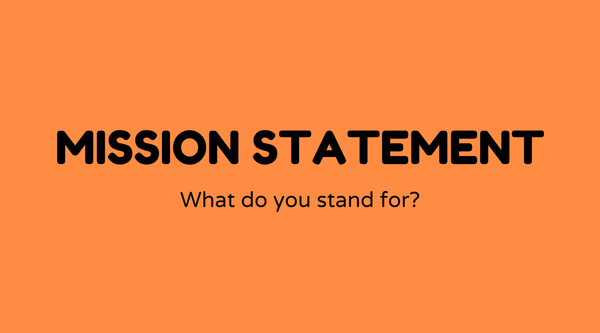Assess viability

Overview of Assessing Viability in the Product Development Process
When venturing into the product development process, one essential step stands out: assessing viability. This critical phase is all about determining whether your innovative idea can hold up under real-world conditions. Before plunging into development, it’s vital to ensure that your concept doesn’t just sound promising but can truly meet market demands.
Why Assessing Viability Matters
Imagine building a house on shaky ground; not ideal, right? The same principle applies to product development. Skipping over viability assessments can lead to unsuccessful product launches, wasted resources, and could tarnish your reputation. However, getting it right paves the path to success by reducing risks and enhancing the chances of thriving in the market.
What is Assessing Viability?
In essence, assessing viability involves examining whether a product idea is practical, market-ready, and financially sound. It consists of scrutinizing aspects such as market demand, competitive environment, financial projections, and technological practicality. Essentially, it’s about ensuring that what you plan to offer is desirable, feasible, and lucrative.
How Do You Assess Viability?
- Market Research: Delve deep into understanding your audience. What do they want? Are there any current trends to harness?
- Competitive Analysis: Examine existing products. Who are the competitors, and how do they stack up?
- Financial Feasibility: Run the numbers. What’s the projected cost, and can it yield profit?
- Technical Feasibility: Can your team create this product? What technology is required?
- Risk Assessment: Spot potential pitfalls and draft a robust mitigation strategy.
Sample Agenda for a Viability Assessment Workshop
Conducting a workshop makes the process smoother:
- Opening Session (15 mins): Outline objectives and set the stage.
- Market Research Presentation (30 mins): Share insights and consumer feedback.
- Competitive Analysis Discussion (30 mins): Investigate competitors and position in the market.
- Financial Feasibility Review (30 mins): Go over costs, potential revenues, and profitability.
- Technical Feasibility Roundtable (30 mins): Evaluate technology needs and resource availability.
- Closing & Next Steps (15 mins): Summarize findings and define subsequent steps.
Examples of Assessing Viability
-
Case Study: XYZ Tech: Before rolling out their innovative gadget, XYZ Tech performed thorough market research, identifying a promising market gap. This strategic approach secured leadership support and effectively earmarked resources.
-
Example: ABC Food Trucks: By evaluating operational costs against market demand, ABC Food Trucks decided on an expansion into bustling cities, avoiding potential financial roadblocks.
FAQs
How does assessing viability reduce risk?
Assessing viability uncovers potential issues and opportunities, allowing proactive strategies to mitigate risks, thereby safeguarding the investment.
What's the difference between assessing viability and feasibility?
Simply put, viability is about real-world practicality—considering both market and financial factors—while feasibility is more focused on the technical ability to produce the product.
How long does a viability assessment take?
The duration can vary widely, from a few weeks to several months, based on the intricacy of the idea and the level of analysis required.
Can smaller companies afford viability assessments?
Absolutely! Smaller companies can focus the process on crucial areas and leverage tools like SurveyMonkey for cost-effective market research.
What if the assessment shows poor viability?
If results indicate poor viability, rethink and tweak the idea or explore alternative solutions before moving forward.



